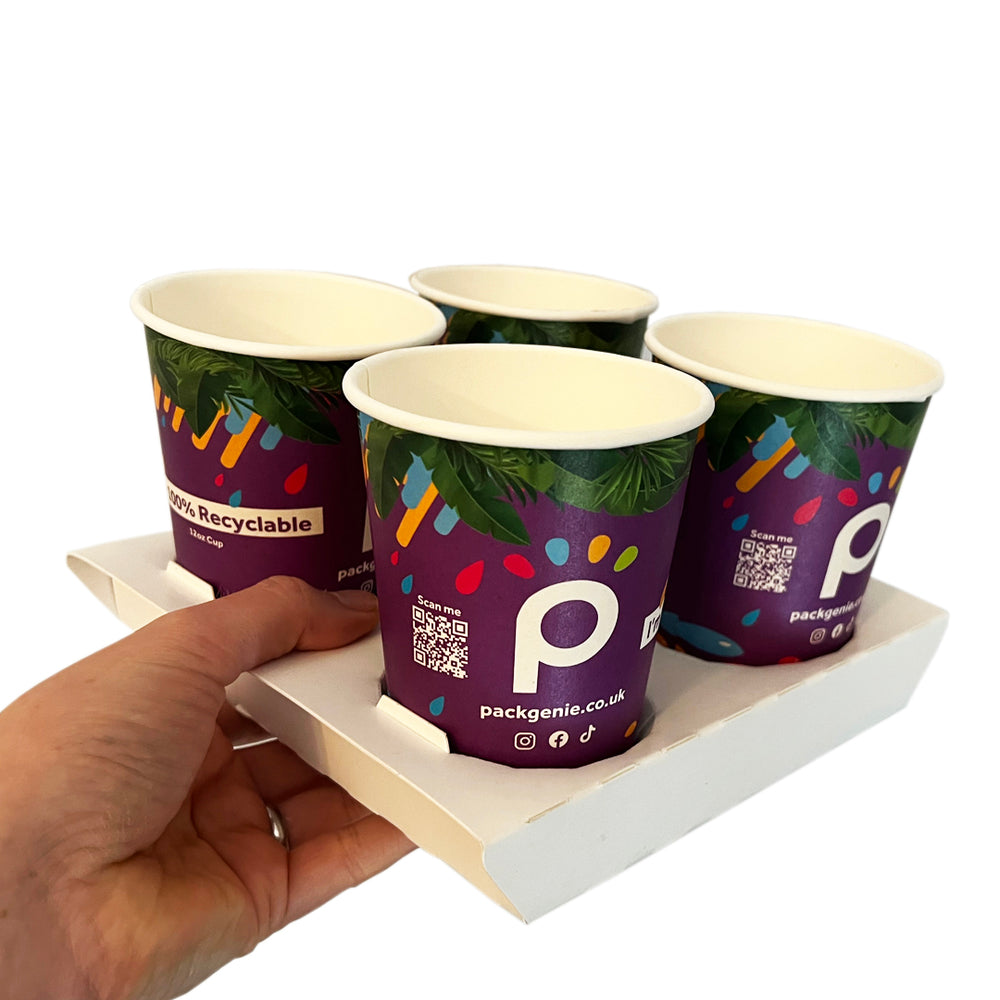The Importance of Food Packaging
Food packaging is an integral component of the food industry, playing a critical role in preserving food quality, ensuring safety, and facilitating convenience for consumers. The evolution of food packaging has been driven by technological advancements, regulatory requirements, and an increasing awareness of environmental issues.
One of the primary functions of food packaging is to protect food products from external contaminants, such as bacteria and physical damage. Effective packaging helps to retain freshness by providing a barrier against moisture, air, and light. For instance, vacuum-sealed packaging can significantly extend the shelf life of perishable products like meats and cheeses by preventing spoilage. Similarly, airtight containers are essential for dry goods, maintaining their crispness and preventing infestations by pests.
In addition to preservation, food packaging serves to inform consumers
. Labels provide essential information about the ingredients, nutritional content, expiration dates, and storage instructions. This transparency is critical in helping consumers make informed choices, particularly for those with dietary restrictions or allergies. Furthermore, packaging can also play a marketing role, influencing consumer perceptions and brand loyalty. Eye-catching designs and sustainable packaging options can set a product apart on the shelves, ultimately affecting purchasing decisions.food packaging

Moreover, the packaging industry has had to adapt to changing consumer behaviors and preferences. With the rise of e-commerce, the demand for packaging that can withstand the rigors of shipping has increased. Companies are now innovating to create packaging that is not only protective but also lightweight and cost-effective. Additionally, the trend toward convenience has led to single-serve packaging options, catering to the fast-paced lifestyle of modern consumers.
However, the environmental impact of food packaging has come under scrutiny. With the global emphasis on sustainability, manufacturers are being pressured to reduce their carbon footprints and minimize waste. Traditional materials, such as plastic, are often non-biodegradable, contributing to pollution and environmental degradation. In response, many companies are investing in eco-friendly alternatives, such as biodegradable or compostable materials. Furthermore, the concept of reusable packaging is gaining traction, encouraging consumers to rethink their consumption habits and reduce waste.
Regulatory frameworks around the world also dictate the types of materials that can be used in food packaging. Many countries have strict guidelines to ensure that packaging materials do not leach harmful substances into food products. This regulatory oversight is vital for consumer safety, but it can also pose challenges for manufacturers striving to innovate while remaining compliant.
In conclusion, food packaging is a multifaceted aspect of the food industry that impacts safety, quality, and consumer choice. As we move forward, it is essential for stakeholders—ranging from manufacturers to consumers—to engage in discussions about sustainable practices and innovations. The future of food packaging will likely involve a marriage of convenience, safety, and environmental responsibility. Embracing these changes not only benefits businesses and consumers but also contributes to a more sustainable planet. By prioritizing effective and eco-friendly packaging solutions, we can ensure that the food we consume remains safe, nutritious, and environmentally responsible.



